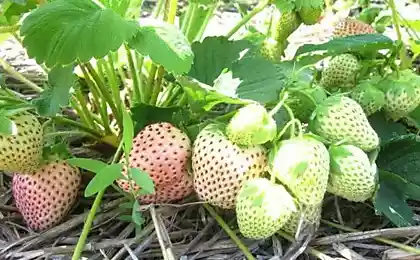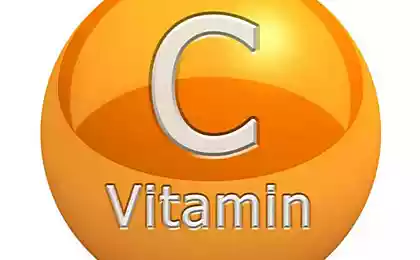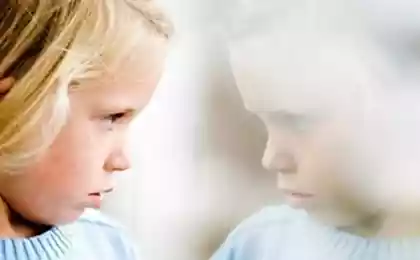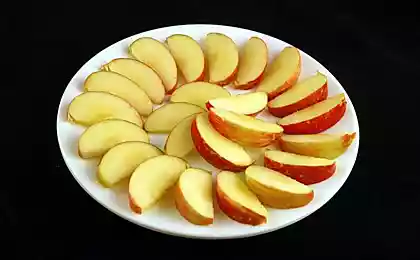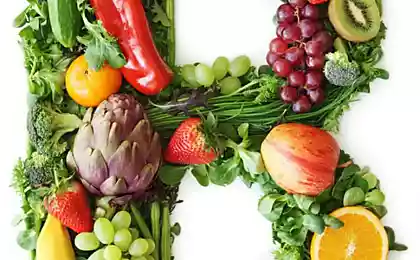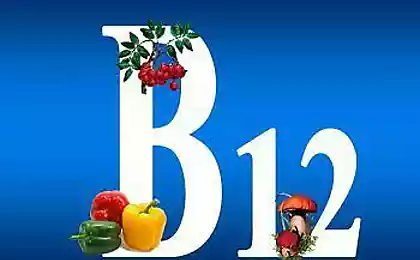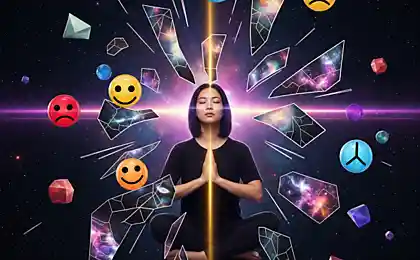576
102 grams of strawberries daily value of vitamin C
Delicious, sweet, rich red, with a soft sour strawberry is among the favorite person of the berries. These berries originate from Europe, but nowadays they are cultivated in many regions of the world with a temperate climate, being an important commercial product.

Strawberry belongs to the family Rosaceae and the genus Fragaria. It grows low to the ground surrounding the bushes. It blooms small white flowers, which are then made into small conical still immature light green berries. Ripen, they become red. Each berry contains yellow seeds that penetrate from the inside to the surface. The top of the berries ends green stalk with leafy corona and stem. This may seem surprising, but in strawberries, like the popular seafood contain iodine, and this is not its only useful feature.
Each conical shaped strawberry weighs about 25 grams, its diameter is 3 cm. There are different varieties of strawberries that differ not only in size and shape, but also in taste from very sweet to quite sour.
Wild species (wild strawberries), sometimes also cultivated under the film (the technique of "plasticulture"). First disinfect, then strawberries growing in the holes-boxes for each Bush formed in the film. This creates an obstacle to the growth of weeds. This method of cultivation allows you to not lose the harvest.
The benefits of strawberries for health
Strawberries are low in calories — 32 calories per 100 grams. It is not too much fat. While it is a rich source of health enhancing phytonutrients, minerals and vitamins required for organism maintenance in a healthy condition.
Strawberries in fairly high amounts of phenolic flavonoid contains fitohimikalii called anthocyanins and ellagic acid. Scientific studies have shown that eating these berries in food potentially provides a combating cancer, aging, inflammation and neurological diseases.
Strawberry has increased 3577 ORAC µmol TE per 100 grams. This indicator characterizes the ability to absorb oxygen radicals and reflects the antioxidant properties of the product.
Fresh strawberries are an excellent source of vitamin C, which is also a powerful natural antioxidant. In 100 grams contains 58.8 milligrams of this vitamin, which is 98% of the recommended daily allowance. Eating vitamin C-rich fruit promotes the development of resistance to infectious agents and prevents inflammation and removes harmful free radicals.
Strawberries are also rich in vitamins of the complex B. It contains very significant amounts of vitamin B-6, Niacin, Riboflavin, and Pantothenic and folic acid. These vitamins act as co-factors that aid in the digestion of carbohydrates, fats and proteins.
Strawberries also contain vitamins A and E, and also, in small quantities, enhance health flavonoid polyphenolic antioxidants — lutein, zeaxanthin and beta-carotene. These compounds contribute to the absorption of oxygen free radicals and reactive (ROS), which play a role in the aging process and course of various diseases.
Additionally, the berries contain appreciable amounts of minerals such as potassium, manganese, fluorine (fluorine), copper, iron and iodine. Potassium is an important component fluids of the cells and organism, helps control heart rate and blood pressure. Manganese is used by the body as a factor-associated antioxidant enzyme superoxiddismutase. Copper is required for the production of red blood cells. Iron required for their formation. Fluorine is a component of bones and teeth and is important for prevention of tooth decay.
Strawberries can be harmful
Strawberries can cause some sensitive individuals, a serious allergic reaction. The most common symptoms of allergies to strawberries include swelling and redness of mouth, lips and tongue, eczema, hives, skin rash, runny nose, itchy eyes, hoarseness, gastrointestinal disorders, depression, hyperactivity and insomnia. People who have known or suspected to be allergic to strawberries, you should avoid these berries.
Nutritional value of strawberries
In parentheses are the percentage of the daily allowance. Nutritional value is based on 100 grams of garden strawberry (Fragaria X ananassa), according to information from the Ministry of agriculture of the USA, shown in the resource Nutrition And You.
General information:
energy value — 32 kilocalories (1,5%);
carbs, 7.7 grams (6%);
protein — 0.67 grams (0.1 percent);
fat and 0.30 grams (1%);
fiber, part of the food — 2.0 grams (5%).
Vitamins:
folic acid (vitamin B9) is 24 micrograms (6%);
nicotinic acid (vitamin B3) — 0,386 milligrams (2,5%);
Pantothenic acid is 0.125 milligrams (2,5%);
pyridoxine (vitamin B6) — 0,047 mg (3,5%);
Riboflavin (vitamin B2) — 0.022 milligrams (2%);
vitamin a, which very much is contained in dandelion — 12 international units (IU, IU) — 0,5%;
vitamin C 58.8 mg (98%);
vitamin E — 0.29 mg (2%);
vitamin K, an incredibly rich source of which is sage — 2.2 micrograms (2%);
Electrolytes:
sodium — 1 milligram (~0%);
potassium — 153 mg (3%).
Minerals:
calcium, 16 milligrams (1,6%);
iron — 0.41 mg (5%);
magnesium — 13 mg (3%);
manganese — 0,386 milligrams (17%);
zinc 0.14 mg (1%).
Phytonutrients:
beta-carotene (ß-carotene), which is rich in carrots — 7 micrograms;
lutein-zeaxanthin — 26 micrograms. published
P. S. And remember, only by changing their consumption — together we change the world! ©
Source: hi-news.ru


